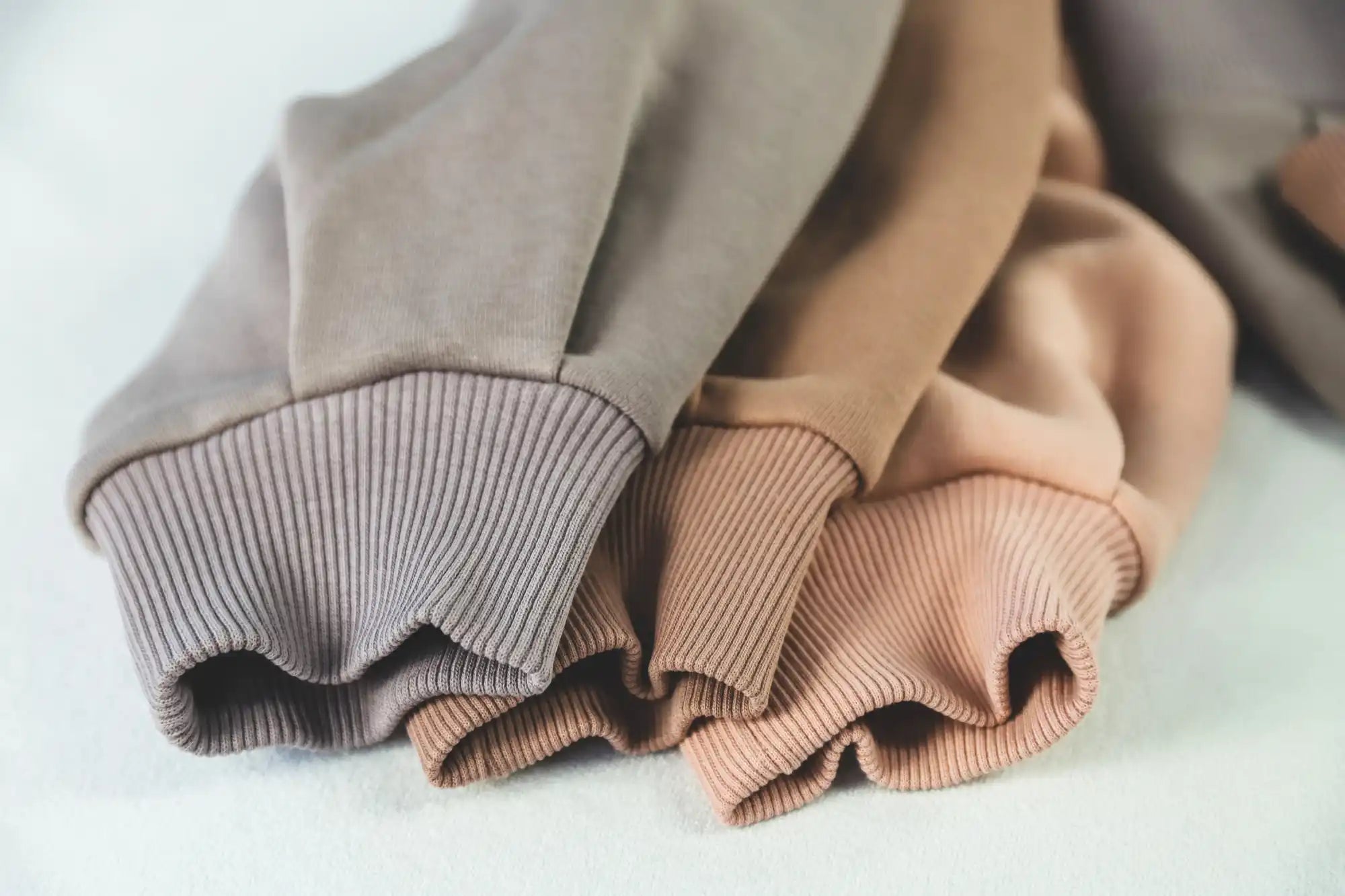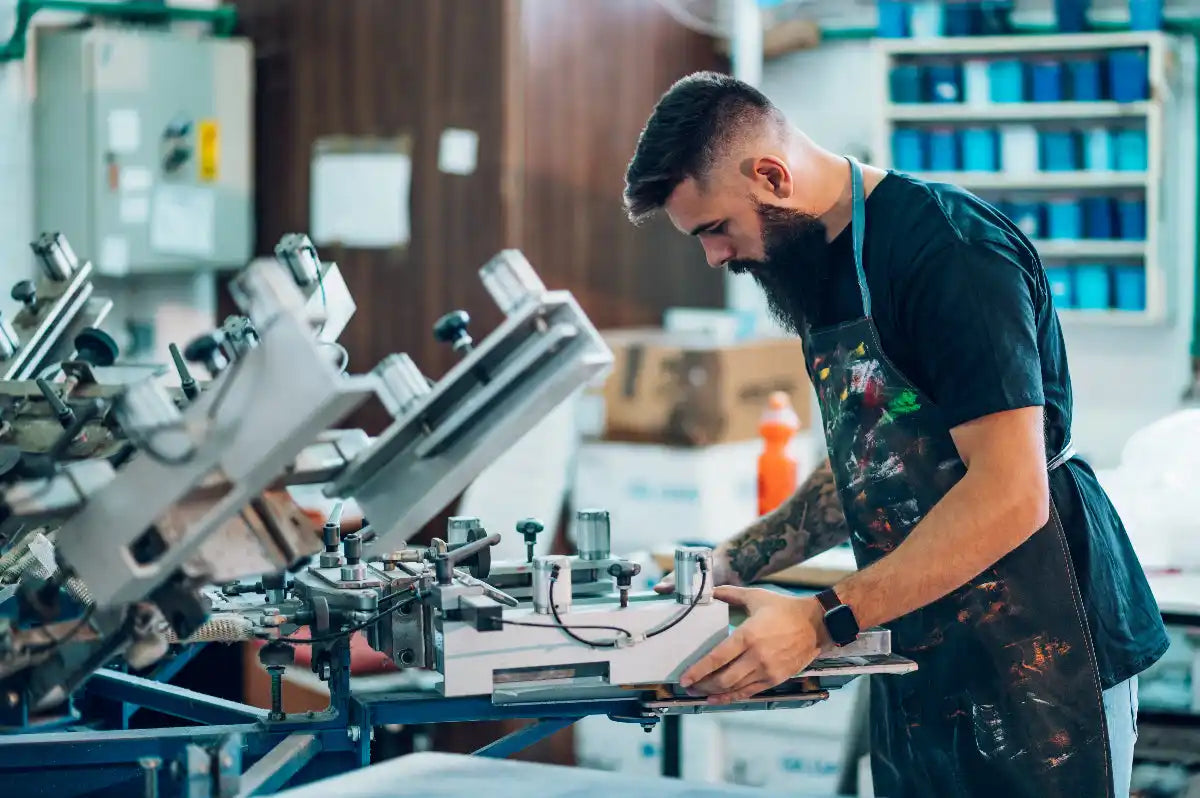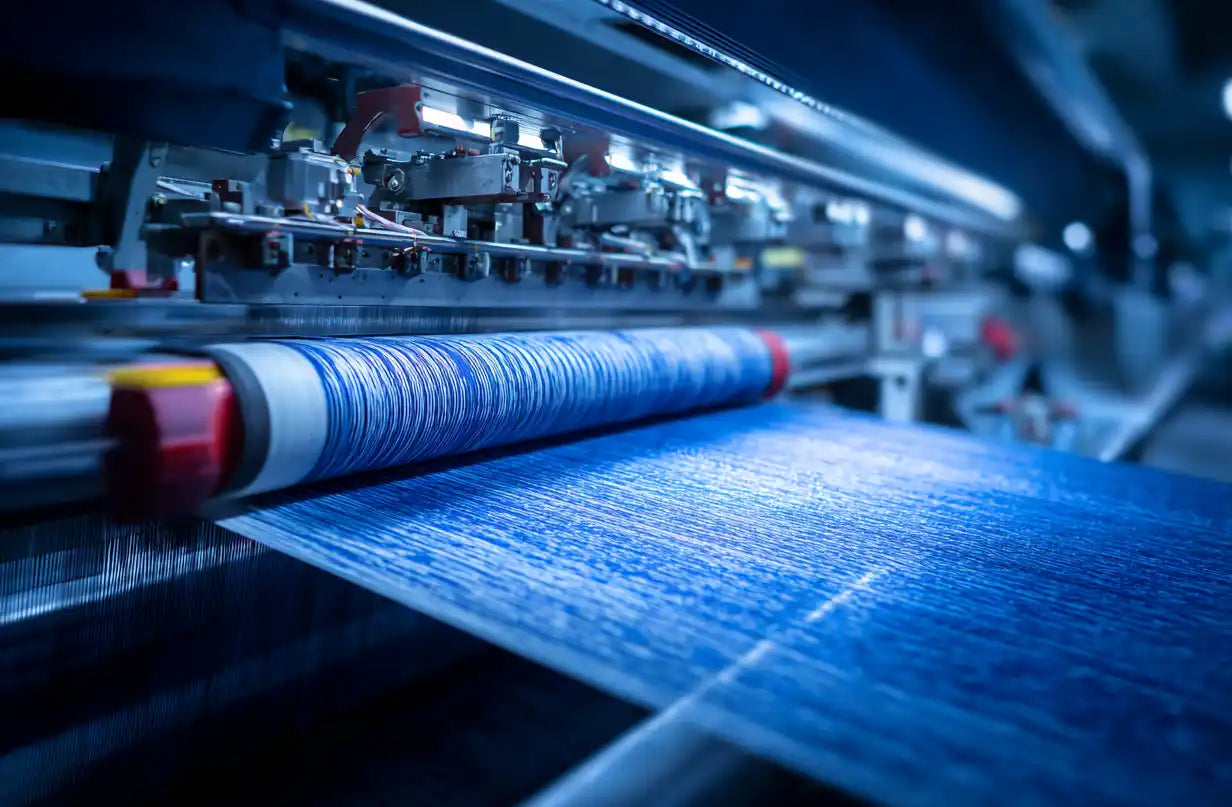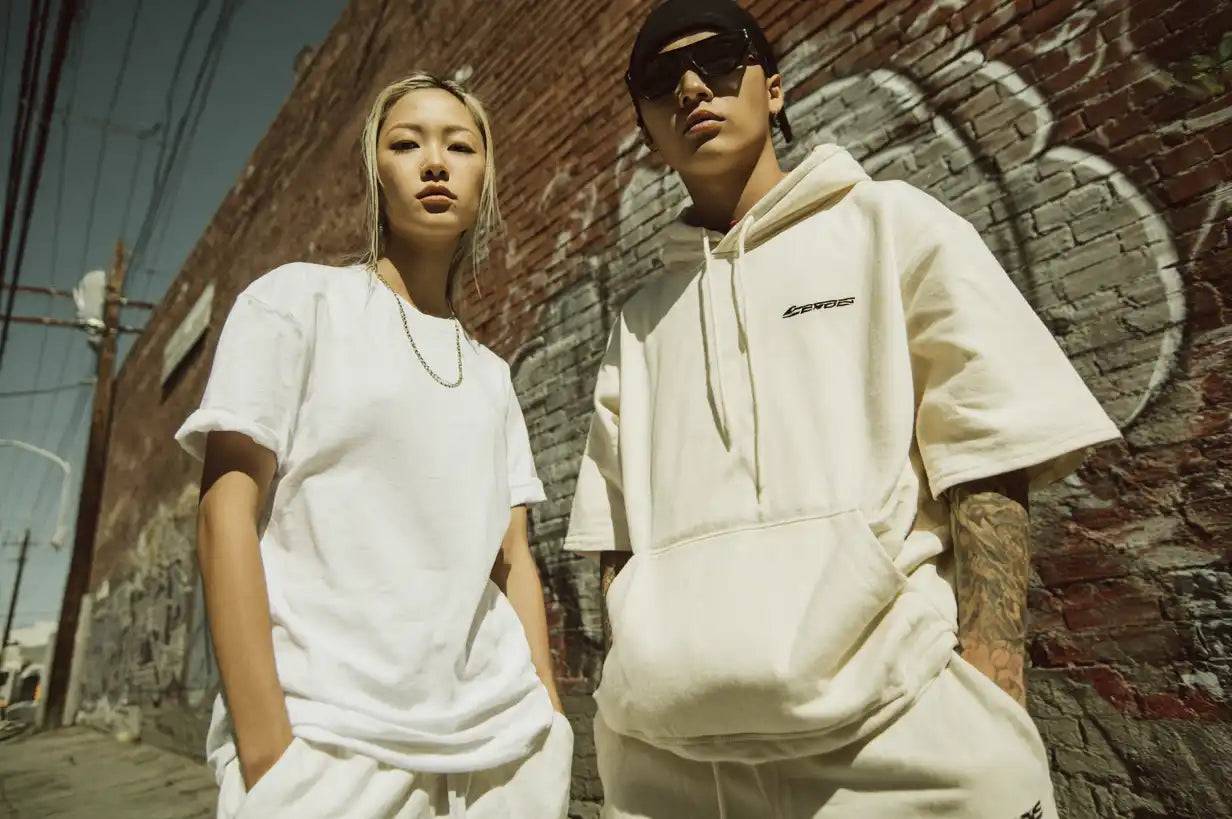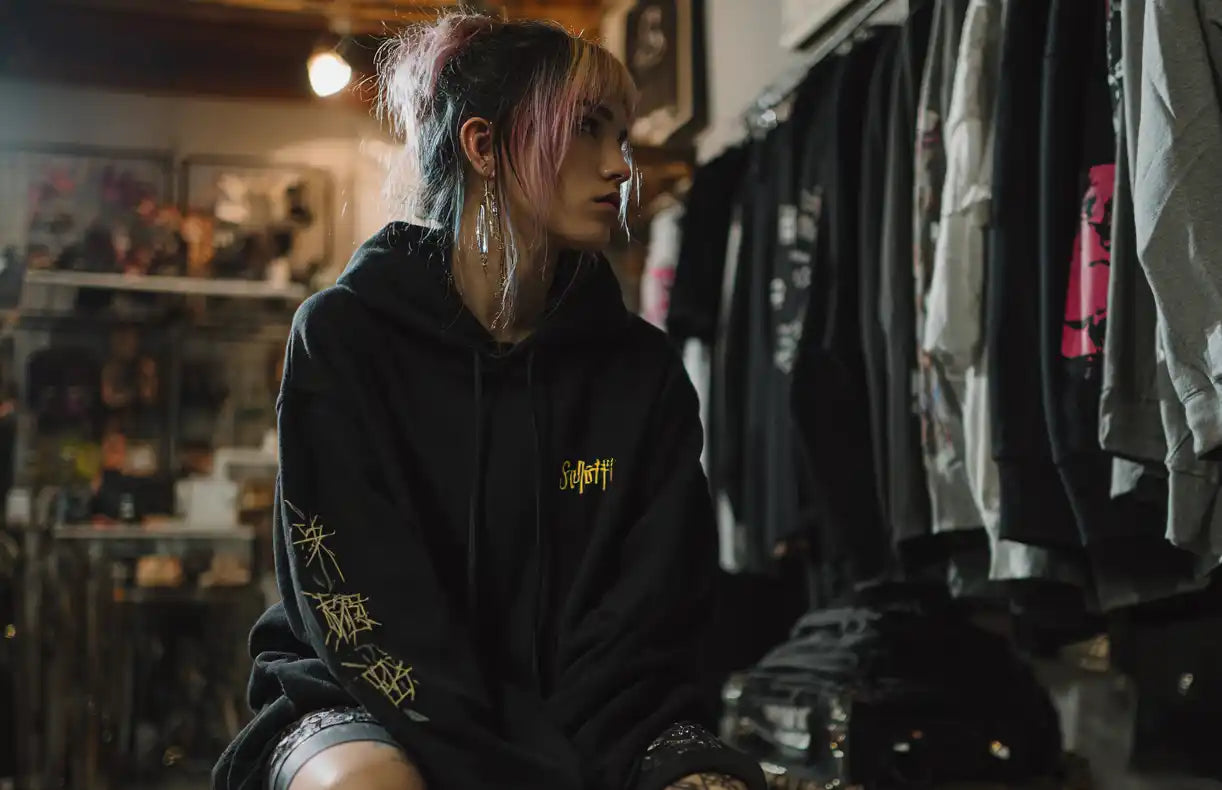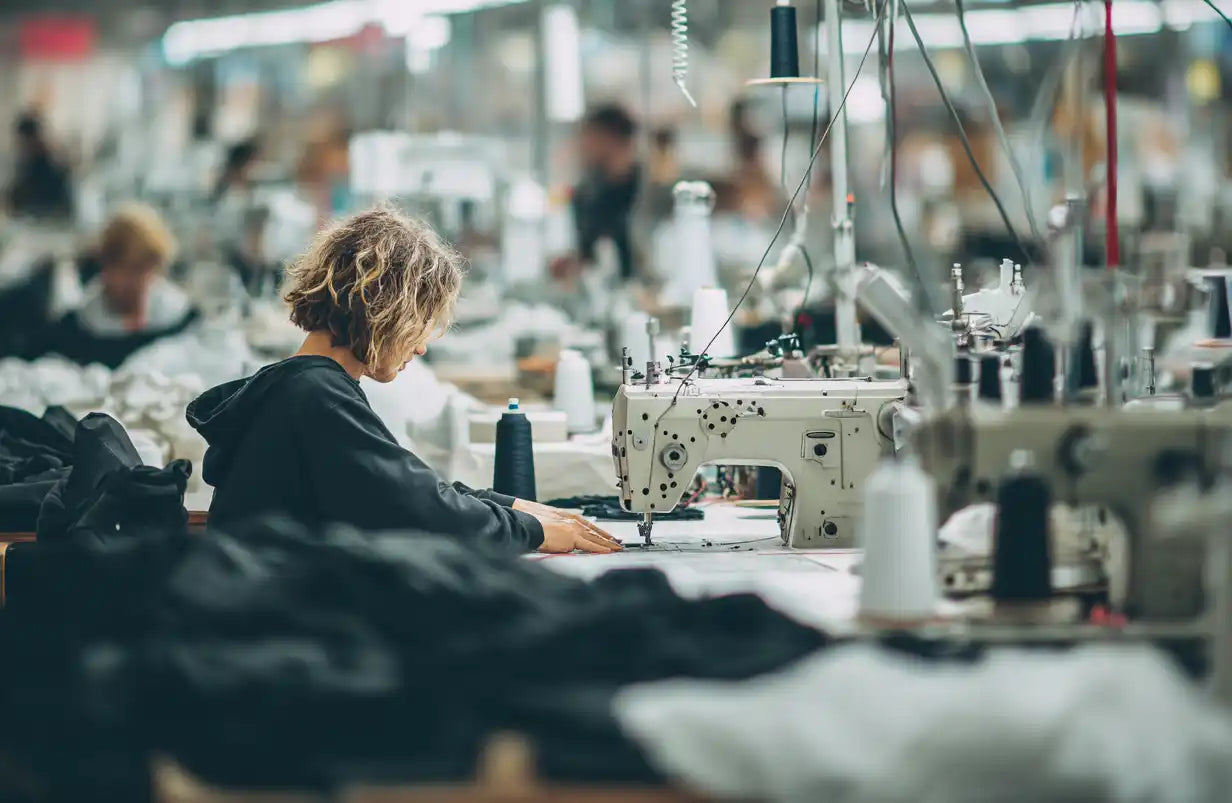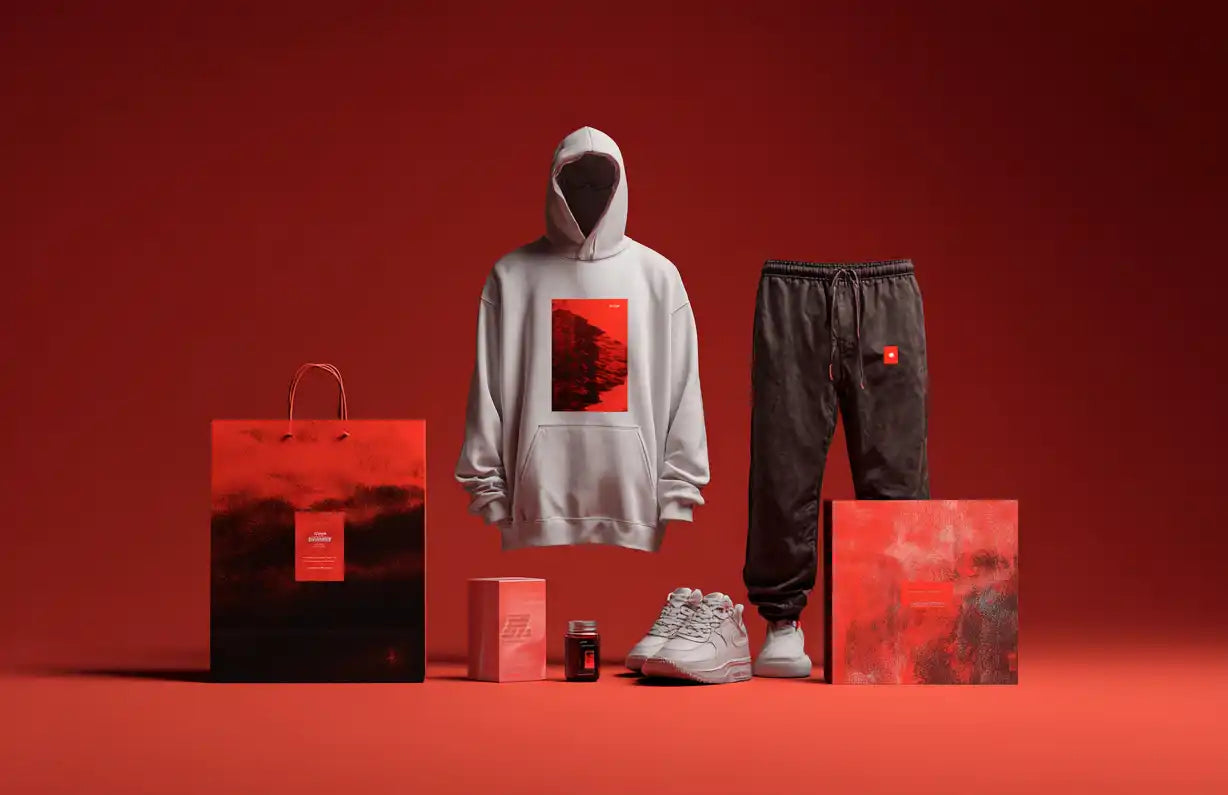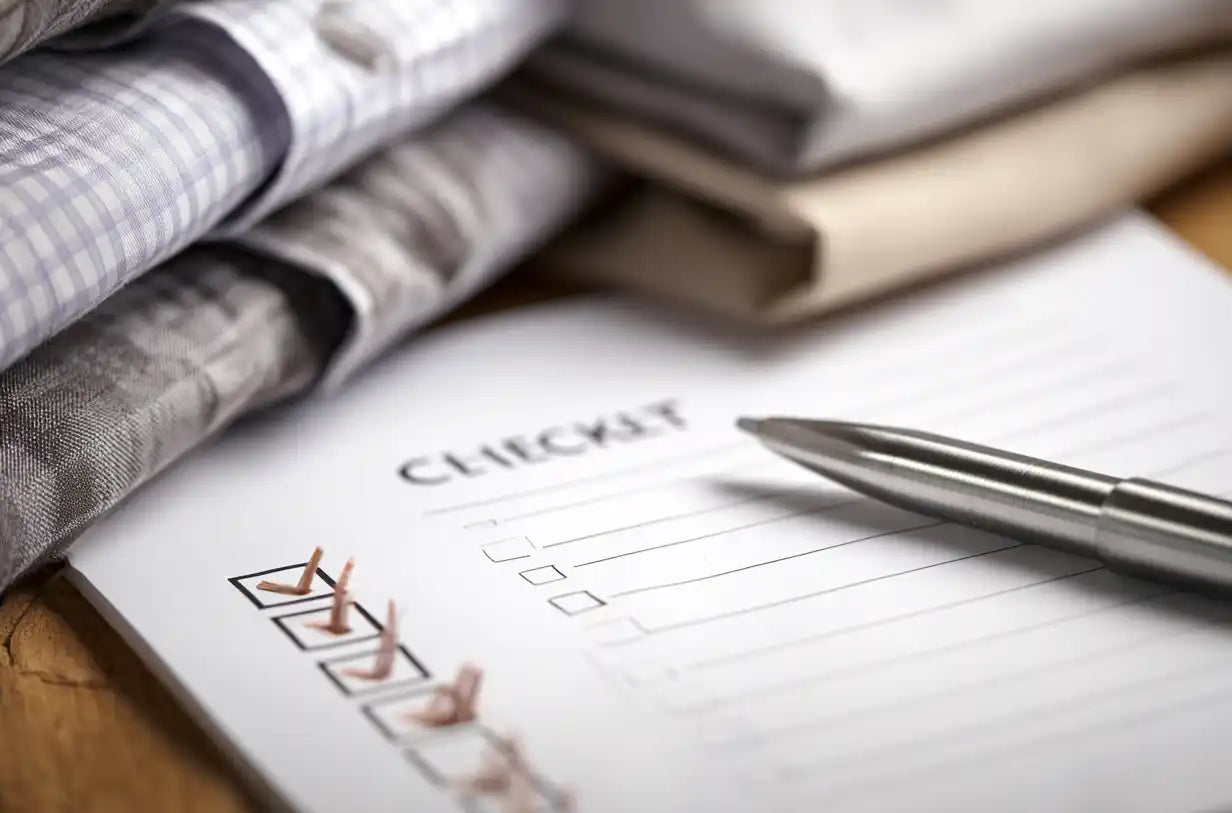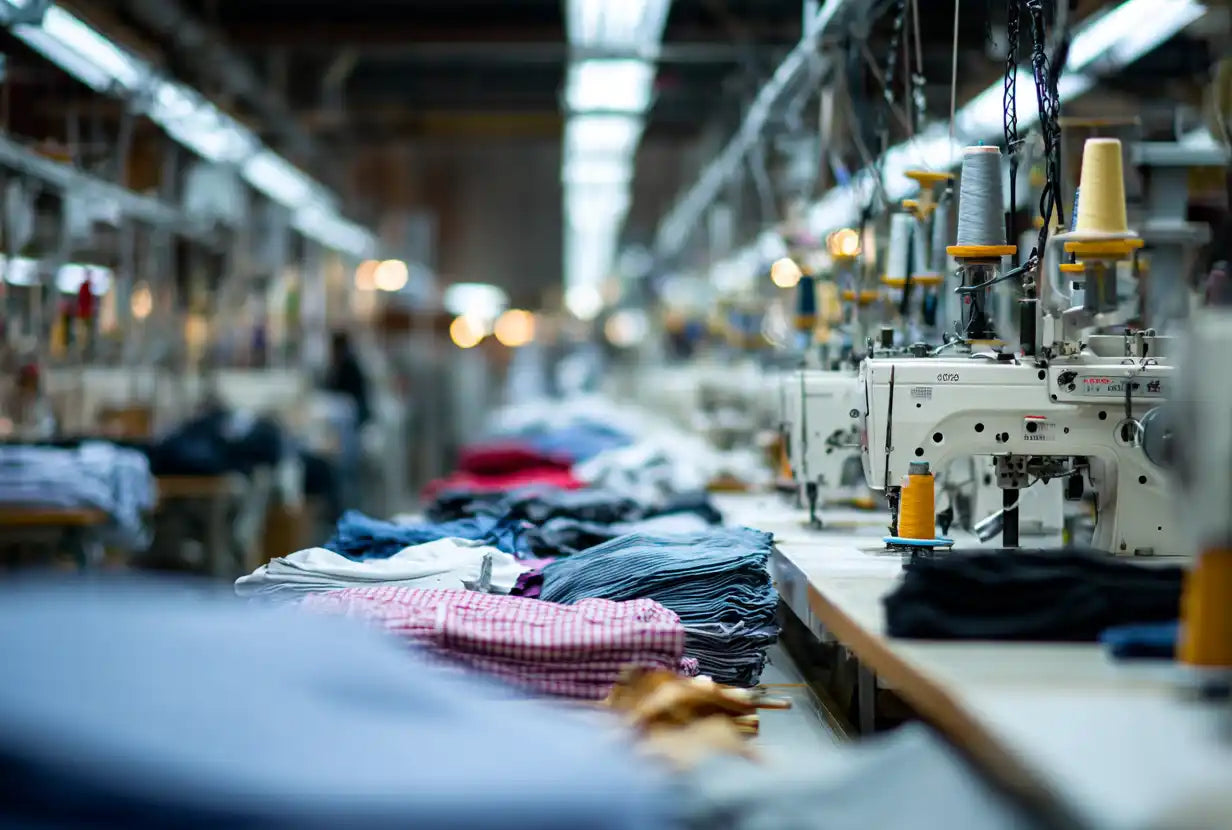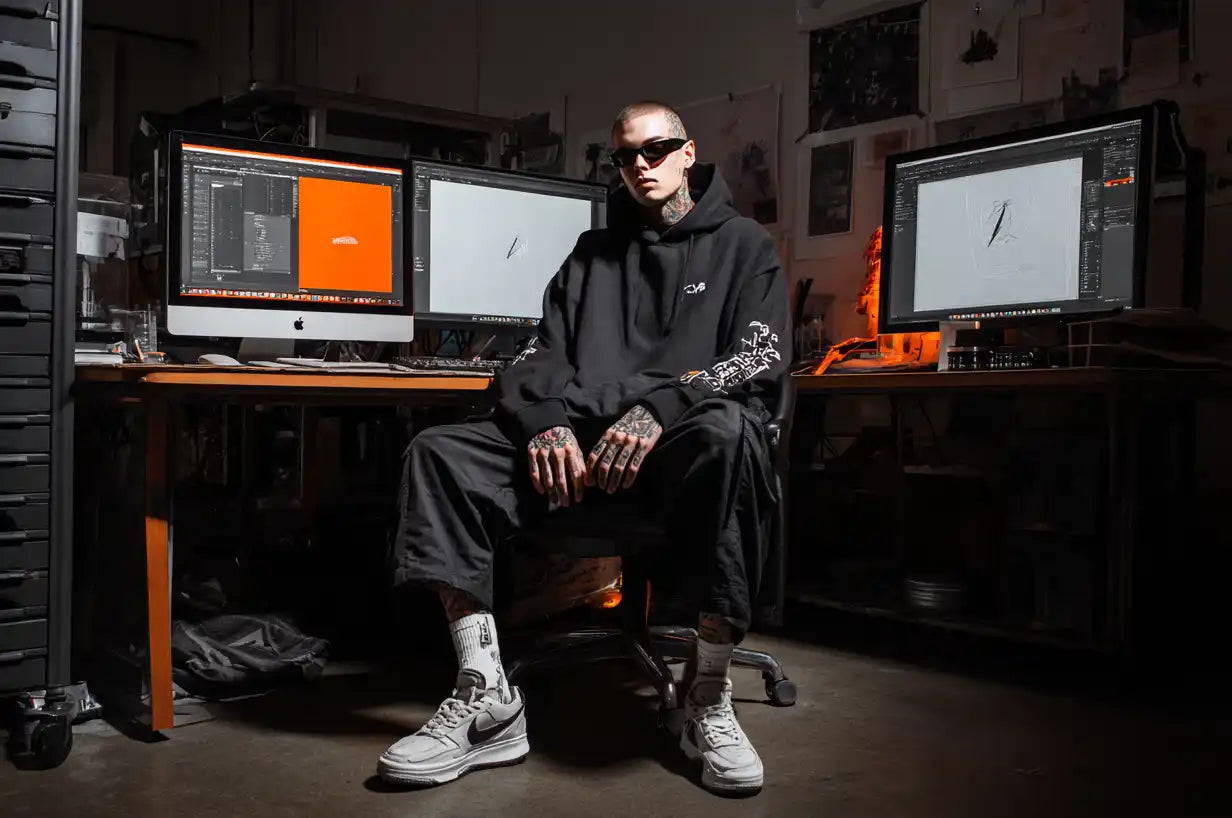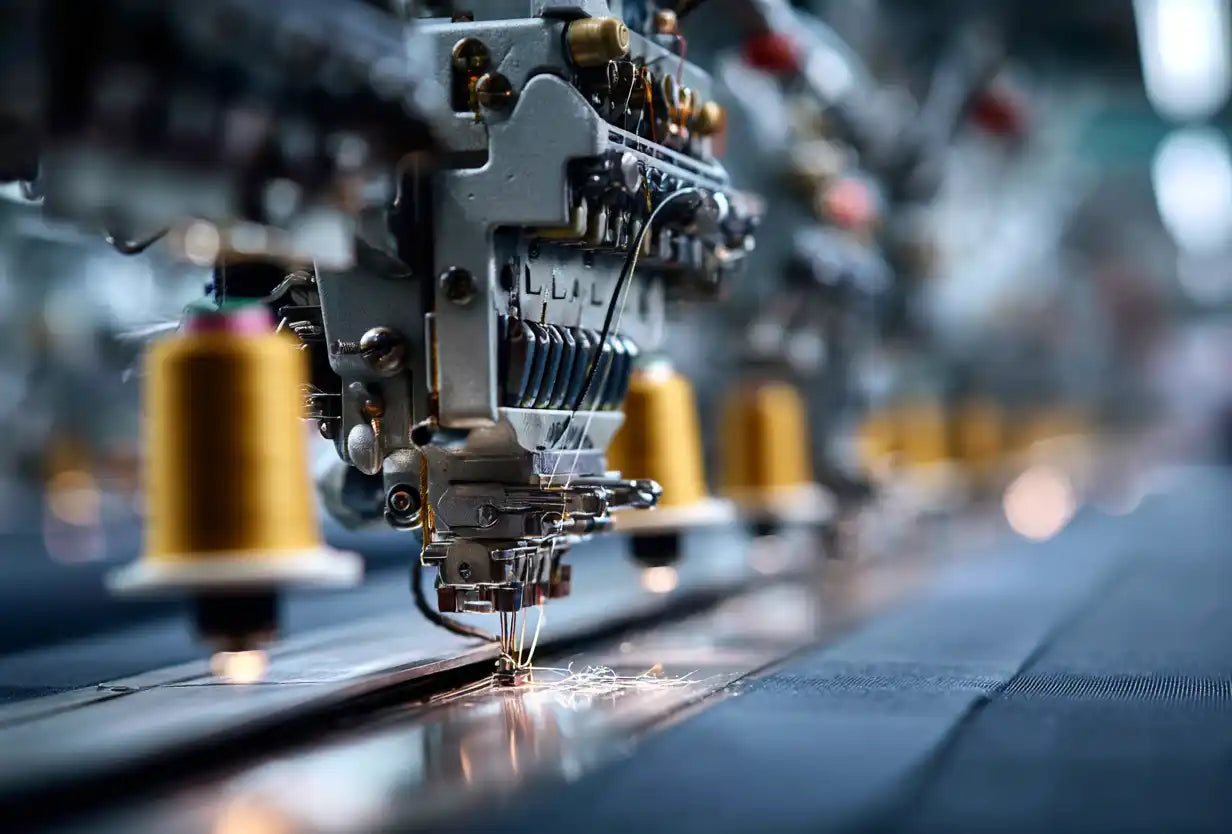2025 Is the Year to Upgrade Your Legging Supplier
The global athleisure market is projected to exceed $500B by 2025 (Statista), and leggings remain its top-selling category. For brands, the supplier you choose directly impacts your product quality, sustainability score, and profitability. This expert-reviewed guide breaks down what makes a supplier "best" in 2025, presents a curated list of vetted wholesale legging suppliers, and provides a decision-making checklist to de-risk your sourcing process.
What Makes a Wholesale Legging Supplier "Best" in 2025
1. Low & Flexible MOQs
Modern suppliers must offer tiered MOQs (minimum order quantities) so new brands can test designs without overcommitting.
2. Fabric & Material Innovation
The best suppliers provide:
- Seamless technology for chafe-free comfort
- Compression blends (nylon-spandex, Pima cotton-spandex) for performance and shape retention
- Eco-options like TENCEL™, recycled poly, and low-impact dyes
3. Compliance & Traceability
In 2025, brands are expected to verify ethical production. Top suppliers provide:
- Third-party audits (SMETA, BSCI, WRAP)
- Certifications like OEKO-TEX® Standard 100, GOTS, or Bluesign®
- Digital traceability (QR-coded supply chains, blockchain-based proof of origin)
4. Quality Control at Scale
AQL 2.5 inspections, inline QC, and final pre-shipment checks are non-negotiable. Look for suppliers with in-house QA teams.
5. Customization Capabilities
In 2025, private-label leggings are table stakes. Leading suppliers offer:
- Custom gussets, waistbands, prints, and branding tags
- Options for eco-friendly packaging, swing tags, and logo heat transfers
Curated List: Best Wholesale Legging Suppliers in 2025
Below is a curated, expert-reviewed supplier matrix — fully updated for 2025:
| Supplier | MOQ | Best For | Strengths | Sustainability Score |
|---|---|---|---|---|
| Appareify | 100 pcs | Startups & scaling brands | Advanced seamless knitting, quick prototyping, FOB/DDP shipping options | High (OEKO-TEX® certified) |
| AEL Apparel | 150 pcs | Private-label specialists | Offers compression tech, custom dyeing, supports blockchain traceability | High |
| Alanic | 200 pcs | Mass-market brands | Competitive pricing, global distribution hubs | Medium |
| Faire | No MOQ (B2B marketplace) | Small & local brands | Ideal for micro-testing styles, easy payment terms | Medium |
| Rae Mode | 150 pcs | Inclusive sizing brands | Plus-size and maternity legging specialists | High |
| Hingto | 300 pcs | Premium brands | Luxury finishes, flatlock seams, sustainable dye house | Very High |
| Athleisurebasics | 300 pcs | Technical apparel brands | Seamless and knitted leggings specialist, performance fabrics | High |
| Creative Fashion Network | 300 pcs | Design-focused brands | Seamless and knitted leggings, design collaboration focus | High |
Pro Tip: Before placing your first bulk order, request fit samples and conduct wash tests. Look for pilling resistance, colorfastness, and seam durability.
Legging Manufacturing Cost Analysis 2025
Typical Price Ranges Per Unit
- Basic Mass Market: $8-12 (Asian manufacturing, standard fabrics)
- Mid-Range Premium: $13-20 (European/Portuguese, sustainable fabrics)
- High-End Luxury: $21-35+ (technical fabrics, specialized construction)
Hidden Cost Considerations
- Sample fees: $50-150 per style
- Shipping & duties: 15-25% of product cost
- Quality control inspections: $300-800 per inspection
- MOQ premiums: Lower quantities often carry 10-20% price premium
The 5-Step Framework for Choosing Your Supplier
- Define Your Brand Tier: Low-cost mass appeal or premium eco/niche
- Check Compliance: Verify OEKO-TEX®, GOTS, SMETA/BSCI documentation.
- Inspect Samples: Evaluate fabric weight (180–240 GSM), stretch recovery, and color accuracy.
- Confirm Logistics: Clarify Incoterms (FOB, DDP) and lead times (typically 30–45 days for leggings).
- Run a Pilot: Order a small batch before committing to a full-scale PO.
Supplier Risk Mitigation Strategies
Red Flags & Warning Signs
- Unwillingness to provide factory audit reports
- Vague communication about production capacity
- Pressure to pay 100% upfront
- No references from current clients
- Inconsistent sample quality vs. promised specs
Contract Negotiation Tips
- Always include quality standards in written agreement
- Specify penalty clauses for late delivery
- Protect your IP with confidentiality clauses
- Negotiate progressive payment terms (30/70 or 50/50)
7-Point Supplier Vetting Checklist (Printable)
- ✅ Tiered MOQ flexibility
- ✅ Certified sustainable fabrics (OEKO-TEX®, GOTS)
- ✅ Digital traceability & audit reports
- ✅ Customization & private-label services
- ✅ QC protocols (AQL 2.5)
- ✅ Transparent lead times & shipping terms
- ✅ Competitive price-to-quality ratio
Supplier Onboarding Timeline
Typical Timeline: 8-12 Weeks Total
- Weeks 1-2: Initial research & supplier shortlisting
- Weeks 3-4: Sample evaluation & compliance verification
- Weeks 5-6: Contract negotiation & deposit payment
- Weeks 7-10: Production with quality checkpoints
- Weeks 11-12: Final inspection & shipping
Use Cases: Matching Suppliers to Brand Goals
- Startup Brands: Faire or Appareify for ultra-low MOQs and fast market testing.
- Scaling DTC Brands: AEL Apparel for private label expansion with blockchain traceability.
- Premium / Eco Brands: Hingto for luxury finishes and sustainable sourcing.
- Technical Performance Brands: Athleisurebasics for specialized seamless construction.
- Design-Focused Brands: Creative Fashion Network for collaborative development.
Frequently Asked Questions
What is the typical MOQ for legging manufacturers?
MOQs typically range from 100-500 pieces per style, with some manufacturers offering tiered pricing that decreases as quantities increase. Marketplaces like Faire offer no MOQ options for testing.
How do I verify a supplier's certifications are legitimate?
Always request certificate numbers and verify them directly with the certification body's online database. For OEKO-TEX and GOTS, use their official online verification tools.
What's the average production time for leggings?
From approved sample to delivery typically takes 30-45 days, plus 2-3 weeks for sampling. Complex customization or sustainable dye processes can add 1-2 weeks.
How much should I budget for my first legging production run?
For a startup with 2-3 styles at minimum MOQ, budget $3,000-8,000 including samples, production, shipping, and duties. Always keep 15-20% reserve for unexpected costs.
What's the difference between seamless and standard leggings?
Seamless leggings are knitted in one piece with minimal seams, reducing chafing and providing better fit. Standard leggings are cut and sewn from fabric panels, offering more design flexibility but potential seam irritation.
Which certifications are most important for leggings?
OEKO-TEX Standard 100 for chemical safety, GRS for recycled materials, and GOTS for organic fibers are the most recognized. Social compliance certifications like BSCI ensure ethical manufacturing.
Conclusion & Next Steps
Choosing the right legging supplier in 2025 requires balancing cost, compliance, and capability. The most successful brands develop long-term partnerships rather than chasing the lowest price.
Your Immediate Action Plan:
- Shortlist 3-5 suppliers from our matrix based on your brand tier and MOQ needs
- Request complete documentation including certifications, audit reports, and client references
- Order and evaluate physical samples from your top 2-3 choices using our checklist
- Negotiate clear terms in a manufacturing agreement before payment
- Start with a pilot order to test the relationship before scaling
Remember: Your manufacturer is a strategic partner in building brand reputation. The time invested in proper vetting pays dividends in product quality, customer satisfaction, and sustainable growth.
Ready to begin? Download our complete supplier evaluation worksheet and start comparing your top candidates today.

